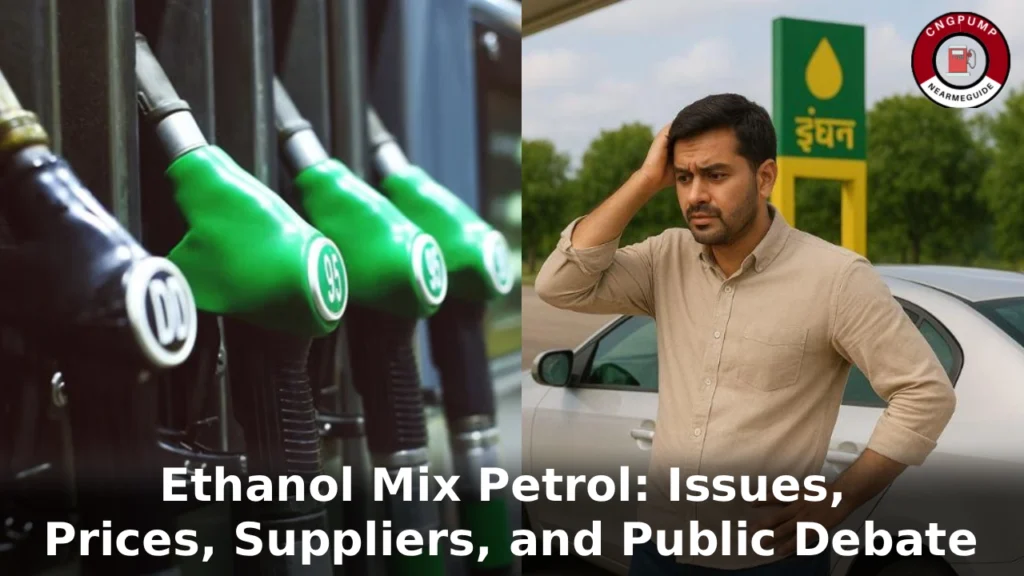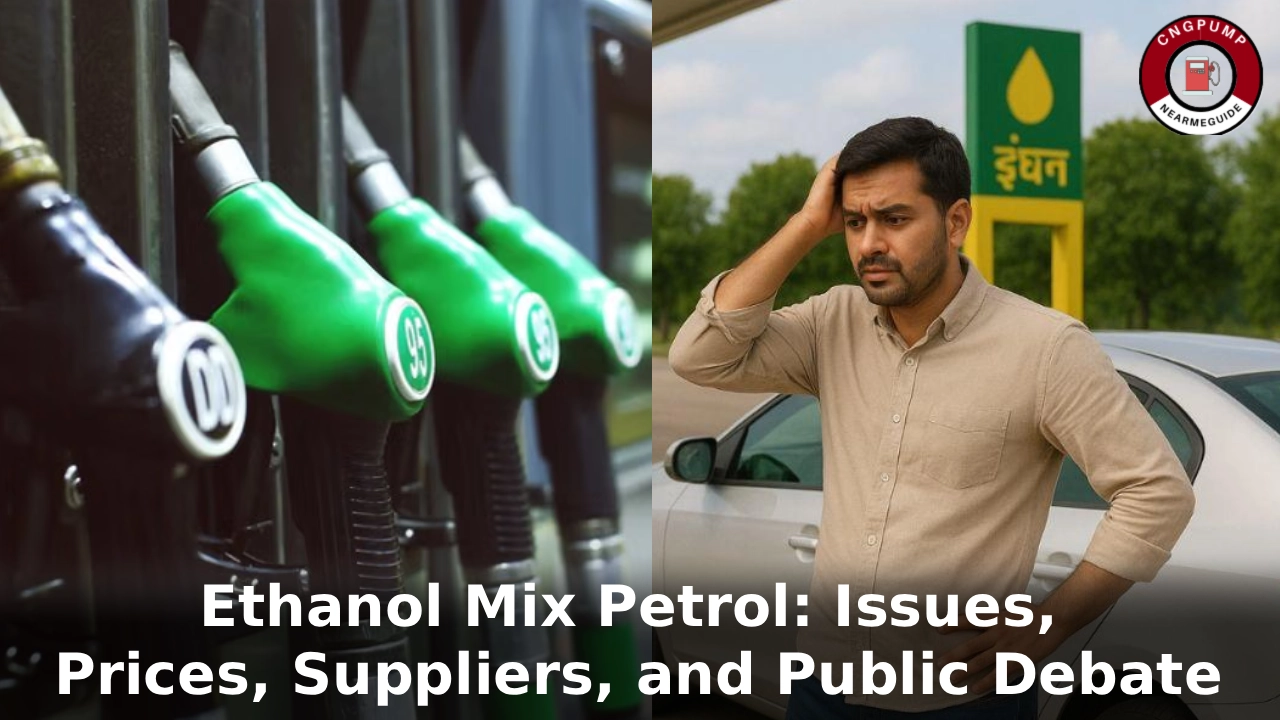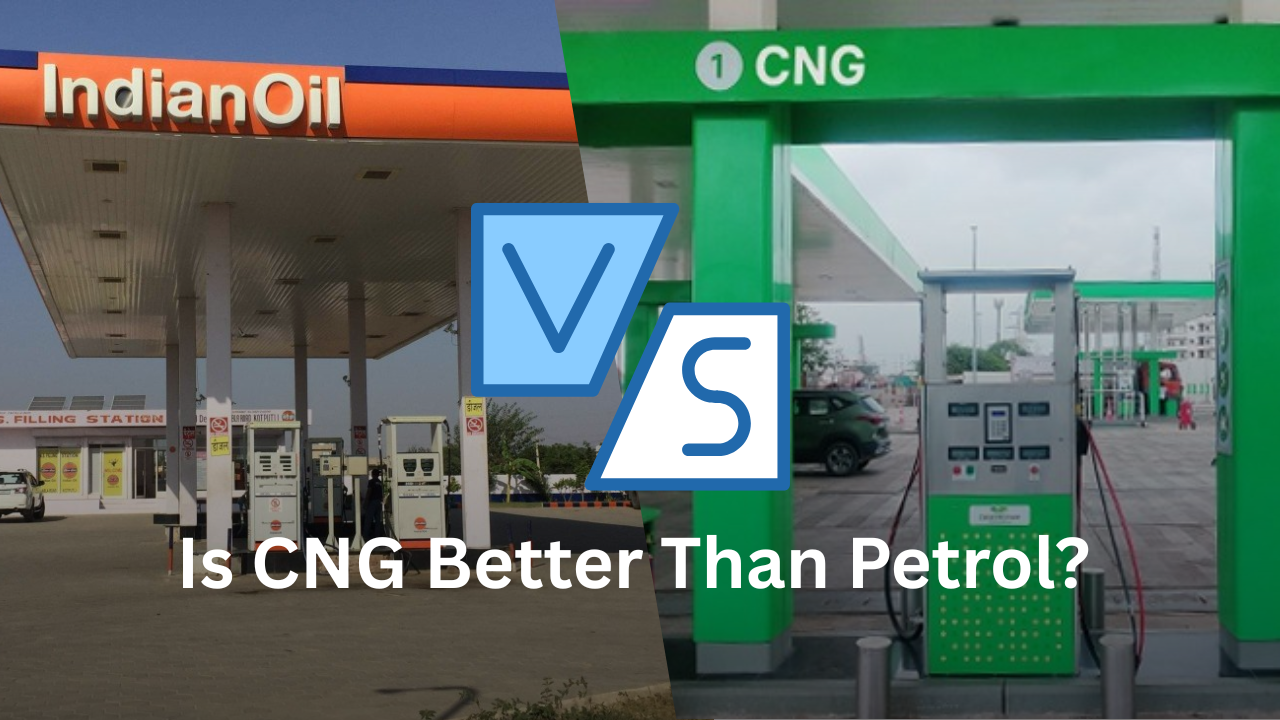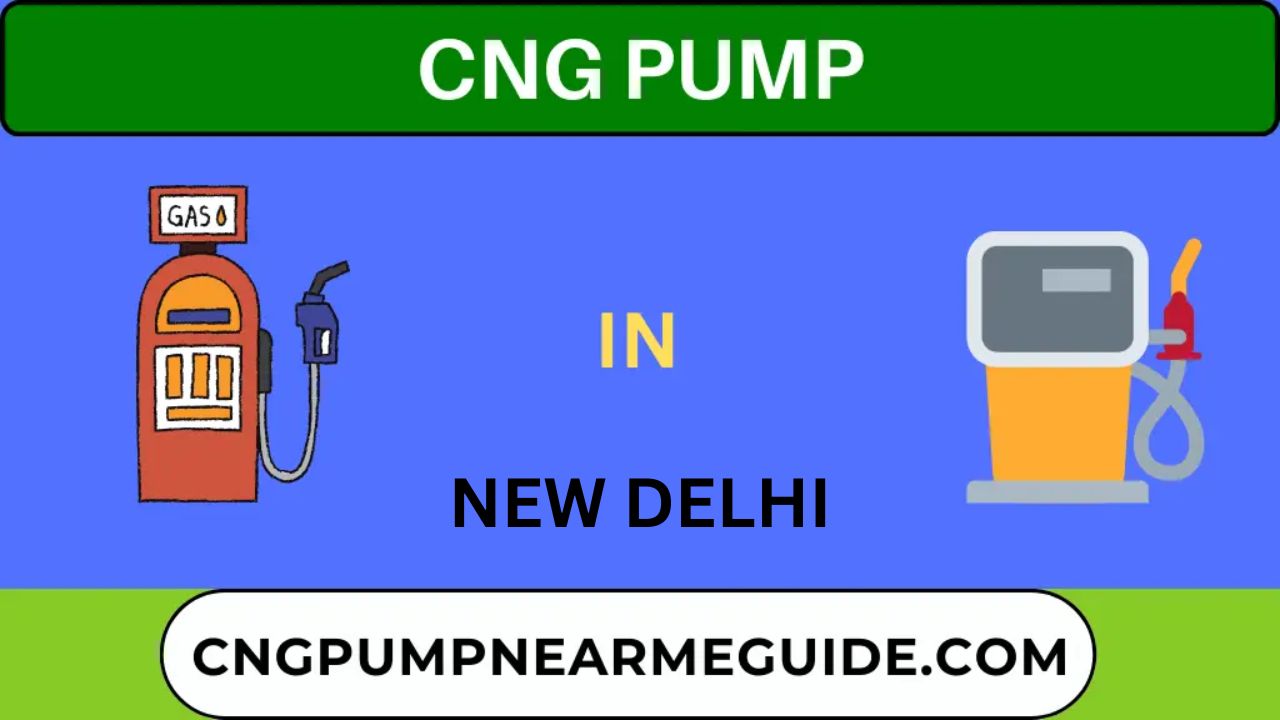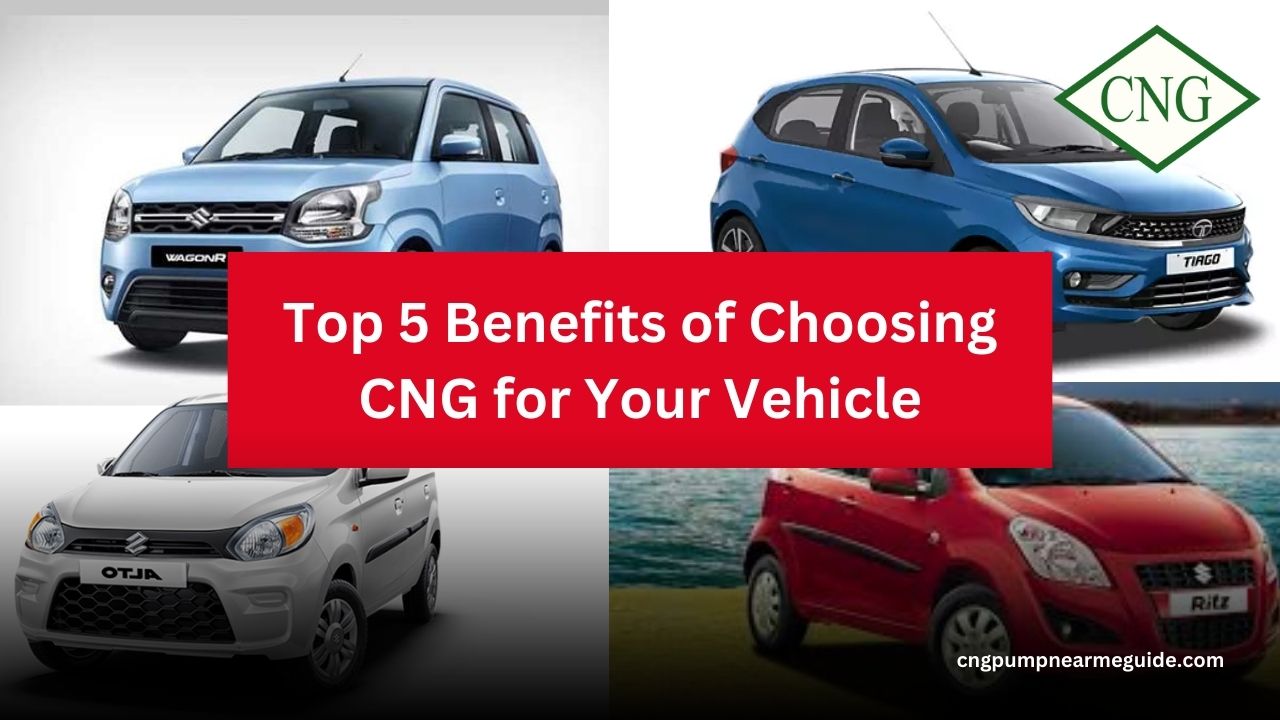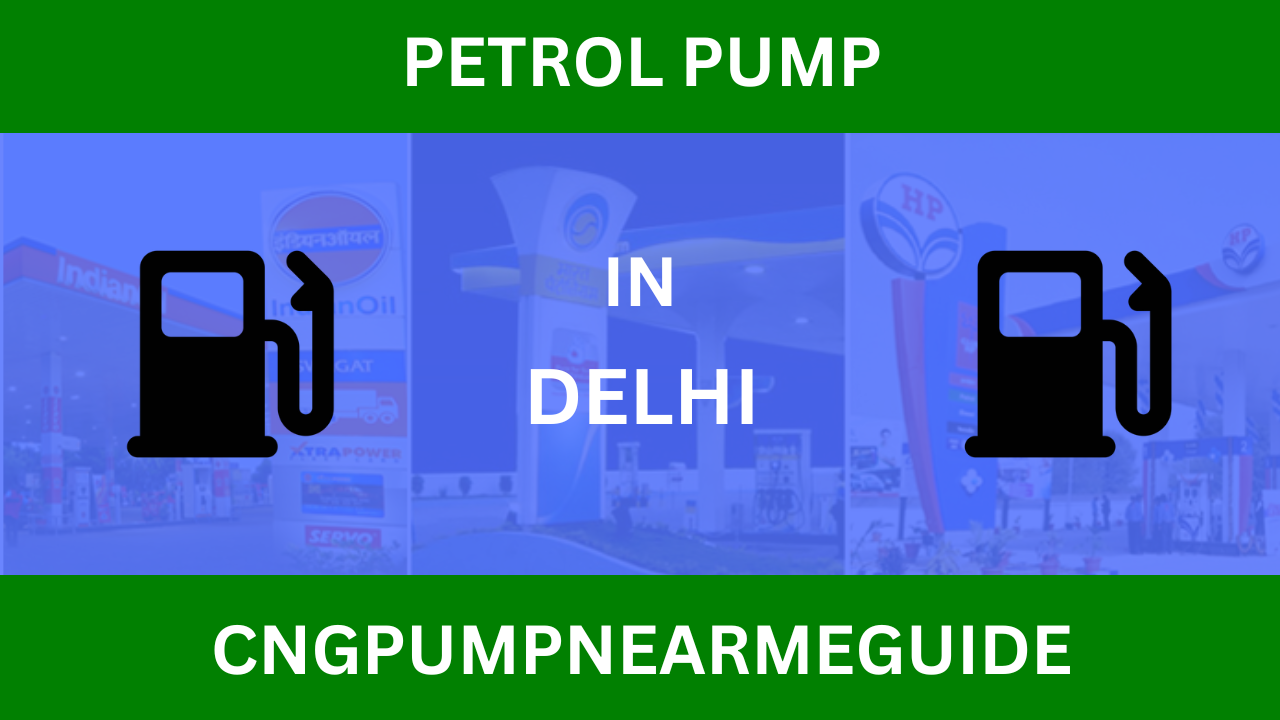Ethanol Mix Petrol: The petrol situation in India has changed a lot in 2025. From Delhi to small towns, drivers and bike riders are talking about “ethanol mix petrol”—also called E20—now available at almost every fuel pump. Ethanol-blended petrol is made by mixing normal petrol with 20% ethanol, a kind of alcohol mostly derived from sugarcane, corn, and rice. The government says it’s a big step toward saving foreign currency and supporting farmers, but the change has sparked plenty of debate—and not just in parliament.
Contents
- 1 What Is Ethanol Mix Petrol and Why Did It Take Over?
- 2 Ethanol Mix Petrol Price: What’s Happening in 2025?
- 3 Suppliers: Who’s Making and Selling Ethanol Mix Petrol?
- 4 Social Media Buzz: Drivers Share Their Problems
- 5 Politician Statements and Government Response
- 6 Day-to-Day Impact on Drivers
- 7 Looking Ahead
What Is Ethanol Mix Petrol and Why Did It Take Over?
Ethanol mix petrol isn’t new, but until April 2025, most stations sold E10 fuel, which only had 10% ethanol blended in. From April onwards, E20 became the norm everywhere. The government hopes this will reduce expensive oil imports and pollution, and according to their reports, blending saved around ₹1.4 lakh crore in foreign currency since 2014 and boosted payments to farmers. India’s public sector oil companies are buying almost 40% more ethanol than last year to meet national demand. This push is supposed to help local agriculture, lower fossil fuel use, and make India more self-reliant.
Ethanol Mix Petrol Price: What’s Happening in 2025?
While many hoped ethanol-blended petrol would be cheaper than regular petrol, the opposite is happening. The average procurement cost of ethanol, including GST and transport, is now around ₹71.32 per litre. In Delhi, regular petrol retails for about ₹94.77 per litre, which already includes taxes and dealer commission. The government and oil ministry say the cost advantage is gone—ethanol has become pricier than petrol due to rising demand and production costs. Experts add that ethanol’s energy content is about 33% less than petrol, so drivers see slightly lower mileage—meaning they might fill up more often, which adds to overall running costs.
Suppliers: Who’s Making and Selling Ethanol Mix Petrol?
Most of the ethanol comes from state-run oil marketing companies, which handle nearly 90% of the petrol market in India. They buy ethanol from various sources—mainly sugarcane states like Maharashtra, Karnataka, and Uttar Pradesh, but also from grain-based processors using corn or damaged rice. Ethanol produced from maize and rice fetches higher prices compared to that made from molasses or sugarcane juice, reflecting changes in production methods and suppliers in 2025.
Social Media Buzz: Drivers Share Their Problems
If you scroll through Twitter or Instagram this month, you’ll find endless posts from frustrated drivers. Many complain about engine trouble, reduced mileage, and worries about long-term wear and tear. Some say the new fuel isn’t working right in older cars or bikes, as manuals only recommend E10 or E5. There are stories of people visiting multiple pumps looking for unblended petrol, which is now unavailable. Hashtags like #EthanolIssues and #E20Problems trend throughout the week, with photos and videos of dashboards showing lower distance readings per tank. Mechanics and service centres are reporting a spike in visits from worried owners asking about strange engine noises or stalling.
Politician Statements and Government Response
Big names in government have stirred up further debate. Petroleum Minister Hardeep Singh Puri recently brushed off criticisms, saying, “There are 21 reasons why the efficiency of a car might decline by 1-2%. Biofuels aren’t the main culprit.” He argued that the fuel saves import bills and boosts farmer incomes, while the oil ministry defended the move, stressing that claims of engine damage and poor performance are “exaggerated” and blaming other factors like driving habits or traffic jams.
Road Transport Minister Nitin Gadkari went even further, calling a recent wave of negative social media posts a “paid campaign” designed to undermine the ethanol push. Politicians also cite that countries like Brazil and the United States use multiple grades of ethanol-blended fuel, but unlike India, offer drivers the choice between regular petrol and blended fuel. Indian courts have also gotten involved: the Supreme Court recently dismissed a public interest case that tried to block the widespread rollout of E20, saying the policy supports national goals and there’s no mandatory need for ethanol-free petrol at pumps.
Day-to-Day Impact on Drivers
Here’s the reality for most car and bike owners:
- Mileage drops by 3-6% compared to regular petrol, so people are refuelling more often.
- Older vehicles sometimes show minor engine problems, though experts say newer models have been E20-ready since 2009.
- Prices at pumps aren’t dropping, and many feel the promised “benefit” hasn’t actually reached the everyday consumer.
- Mechanics recommend regular servicing and checking with manufacturers about E20 compatibility.
Looking Ahead
India plans to push the ethanol mix even higher—to 27-30% by 2030. Experts suggest that the blending initiative will continue unless customer complaints create enough pressure for policy changes. For now, Ethanols issues, high prices, supplier strategies, and the ongoing political tug-of-war continue to make headlines every week.
If you’re filling up your tank this September, chances are you’ve noticed something different. The debate is alive and well, with everyone from government ministers to drivers and mechanics weighing in. For now, keeping an eye on your engine health and staying informed is the best way to navigate these changes.
